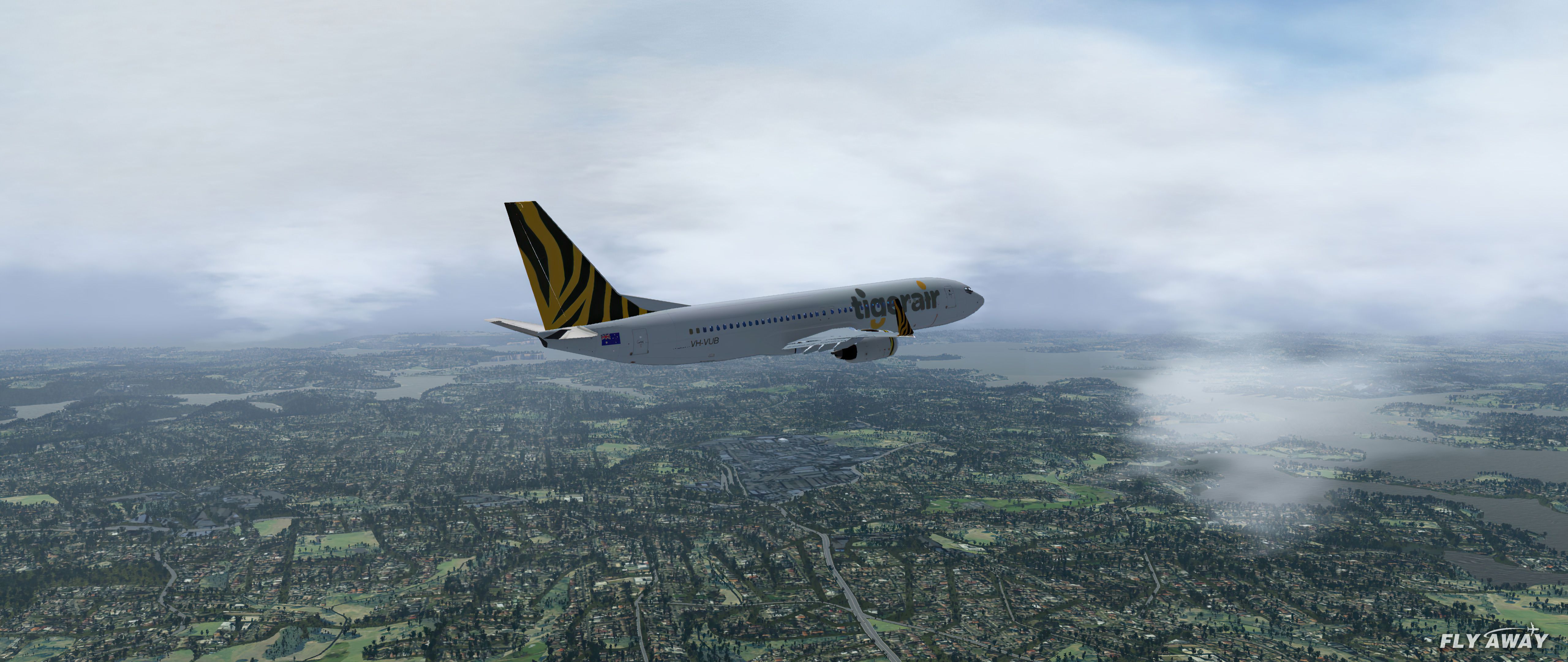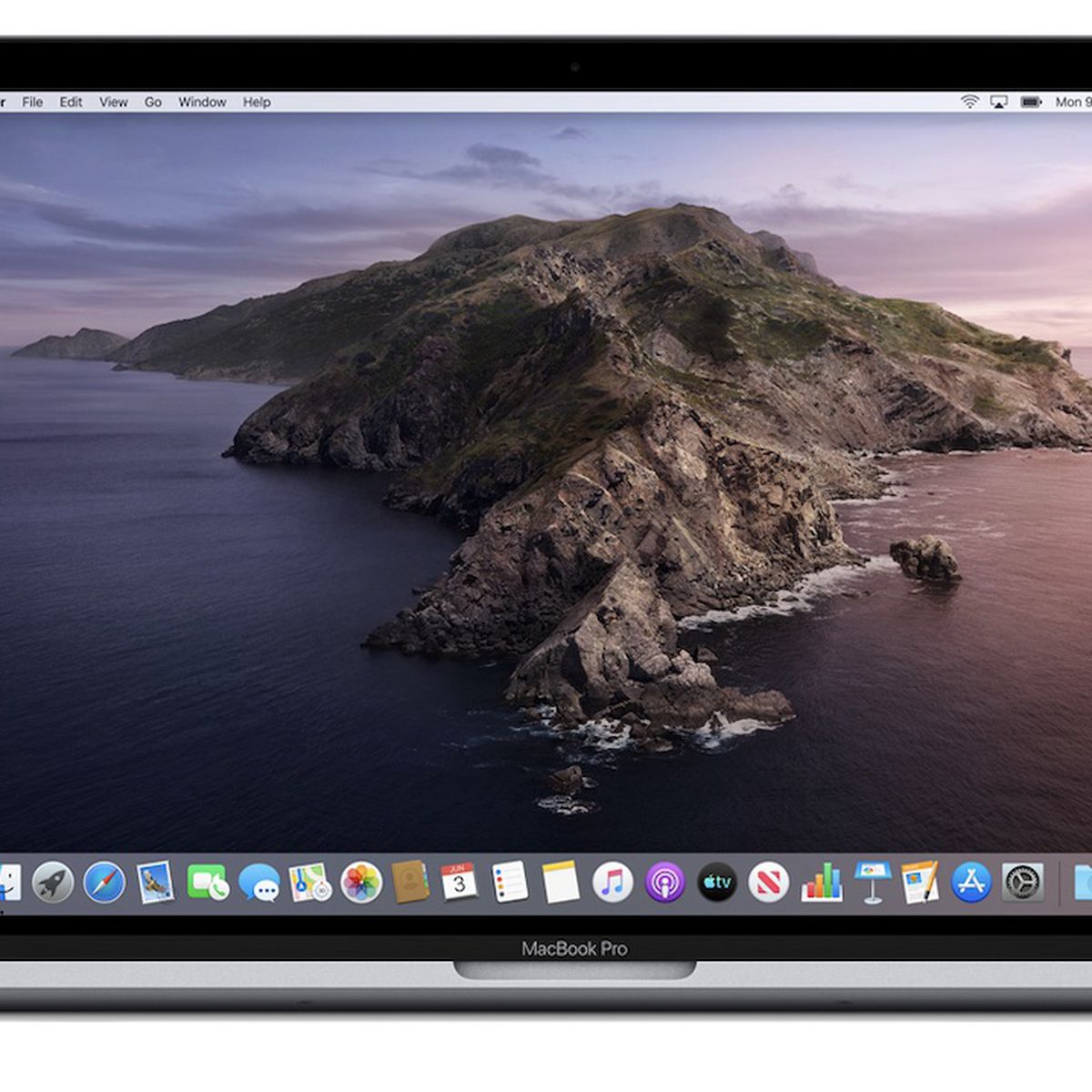Use Time Machine, the built-in backup feature of your Mac, to automatically back up your personal data, including apps, music, photos, email, and documents. Having a backup allows you to recover files that were deleted, or that were lost because the hard disk (or SSD) in your Mac needed to be erased or replaced. Learn how to restore your Mac from a backup.

Create a Time Machine backup
To create backups with Time Machine, all you need is an external storage device. After you connect the storage device and select it as your backup disk, Time Machine automatically makes hourly backups for the past 24 hours, daily backups for the past month, and weekly backups for all previous months. The oldest backups are deleted when your backup disk is full.
Connect an external storage device
- Here you can find the changelog of Flying Logic Pro for Mac OS X since it was posted on our website on 2015-04-25 03:00:00. The latest version is 3.0.21 and it was updated on 2021-04-06 15:50:41. See below the changes in each version.
- System 6 (also referred to as System Software 6) is a graphical user interface-based operating system for Macintosh computers. It was released in 1988 by Apple Computer and was part of the classic Mac OS line of operating systems. System 6 was shipped with various Macintosh computers until it was succeeded by System 7 in 1991.
9to5Mac - Today is the 20th anniversary of the launch of Mac OS X, and Macworld has an interesting piece on the history leading up to it. Jason Snell goes so far as to say that the new operating system for Macs was 'an act of desperation' by Apple. The reason, he explains, is that while Apple had set a new. It can take your Mac several minutes to create the report. MacOS Sierra and later saves the report to the /var/tmp folder of your startup drive, then opens that folder for you. To open the folder manually, choose Go Go to Folder from the Finder menu bar, then enter /var/tmp. OS X El Capitan or earlier saves the report to your desktop.
Connect one of the following external storage devices, sold separately. Learn more about backup disks that you can use with Time Machine.
- External drive connected to your Mac, such as a USB or Thunderbolt drive
- Network-attached storage (NAS) device that supports Time Machine over SMB
- Mac shared as a Time Machine backup destination
- AirPort Time Capsule, or external drive connected to an AirPort Time capsule or AirPort Extreme Base Station (802.11ac)
Flying Kick Mac Os Download
Select your storage device as the backup disk
Flying Kick Mac Os Catalina
- Open Time Machine preferences from the Time Machine menu in the menu bar. Or choose Apple menu > System Preferences, then click Time Machine.
- Click Select Backup Disk.
Enjoy the convenience of automatic backups
After you select a backup disk, Time Machine immediately begins making periodic backups—automatically and without further action by you. The first backup may take a long time, but you can continue using your Mac while a backup is underway. Time Machine backs up only the files that changed since the previous backup, so future backups will be faster.
To start a backup manually, choose Back Up Now from the Time Machine menu in the menu bar. Use the same menu to check the status of a backup or skip a backup in progress.
Learn more

Create a Time Machine backup
To create backups with Time Machine, all you need is an external storage device. After you connect the storage device and select it as your backup disk, Time Machine automatically makes hourly backups for the past 24 hours, daily backups for the past month, and weekly backups for all previous months. The oldest backups are deleted when your backup disk is full.
Connect an external storage device
- Here you can find the changelog of Flying Logic Pro for Mac OS X since it was posted on our website on 2015-04-25 03:00:00. The latest version is 3.0.21 and it was updated on 2021-04-06 15:50:41. See below the changes in each version.
- System 6 (also referred to as System Software 6) is a graphical user interface-based operating system for Macintosh computers. It was released in 1988 by Apple Computer and was part of the classic Mac OS line of operating systems. System 6 was shipped with various Macintosh computers until it was succeeded by System 7 in 1991.
9to5Mac - Today is the 20th anniversary of the launch of Mac OS X, and Macworld has an interesting piece on the history leading up to it. Jason Snell goes so far as to say that the new operating system for Macs was 'an act of desperation' by Apple. The reason, he explains, is that while Apple had set a new. It can take your Mac several minutes to create the report. MacOS Sierra and later saves the report to the /var/tmp folder of your startup drive, then opens that folder for you. To open the folder manually, choose Go Go to Folder from the Finder menu bar, then enter /var/tmp. OS X El Capitan or earlier saves the report to your desktop.
Connect one of the following external storage devices, sold separately. Learn more about backup disks that you can use with Time Machine.
- External drive connected to your Mac, such as a USB or Thunderbolt drive
- Network-attached storage (NAS) device that supports Time Machine over SMB
- Mac shared as a Time Machine backup destination
- AirPort Time Capsule, or external drive connected to an AirPort Time capsule or AirPort Extreme Base Station (802.11ac)
Flying Kick Mac Os Download
Select your storage device as the backup disk
Flying Kick Mac Os Catalina
- Open Time Machine preferences from the Time Machine menu in the menu bar. Or choose Apple menu > System Preferences, then click Time Machine.
- Click Select Backup Disk.
Enjoy the convenience of automatic backups
After you select a backup disk, Time Machine immediately begins making periodic backups—automatically and without further action by you. The first backup may take a long time, but you can continue using your Mac while a backup is underway. Time Machine backs up only the files that changed since the previous backup, so future backups will be faster.
To start a backup manually, choose Back Up Now from the Time Machine menu in the menu bar. Use the same menu to check the status of a backup or skip a backup in progress.
Learn more
- Learn about other ways to back up and restore files.
- If you back up to multiple disks, you can press and hold the Option key, then choose Browse Other Backup Disks from the Time Machine menu.
- To exclude items from your backup, open Time Machine preferences, click Options, then click the add (+) button to add an item to be excluded. To stop excluding an item, such as an external hard drive, select the item and click the remove (–) button.
- If using Time Machine to back up to a network disk, you can verify those backups to make sure they're in good condition. Press and hold Option, then choose Verify Backups from the Time Machine menu.

